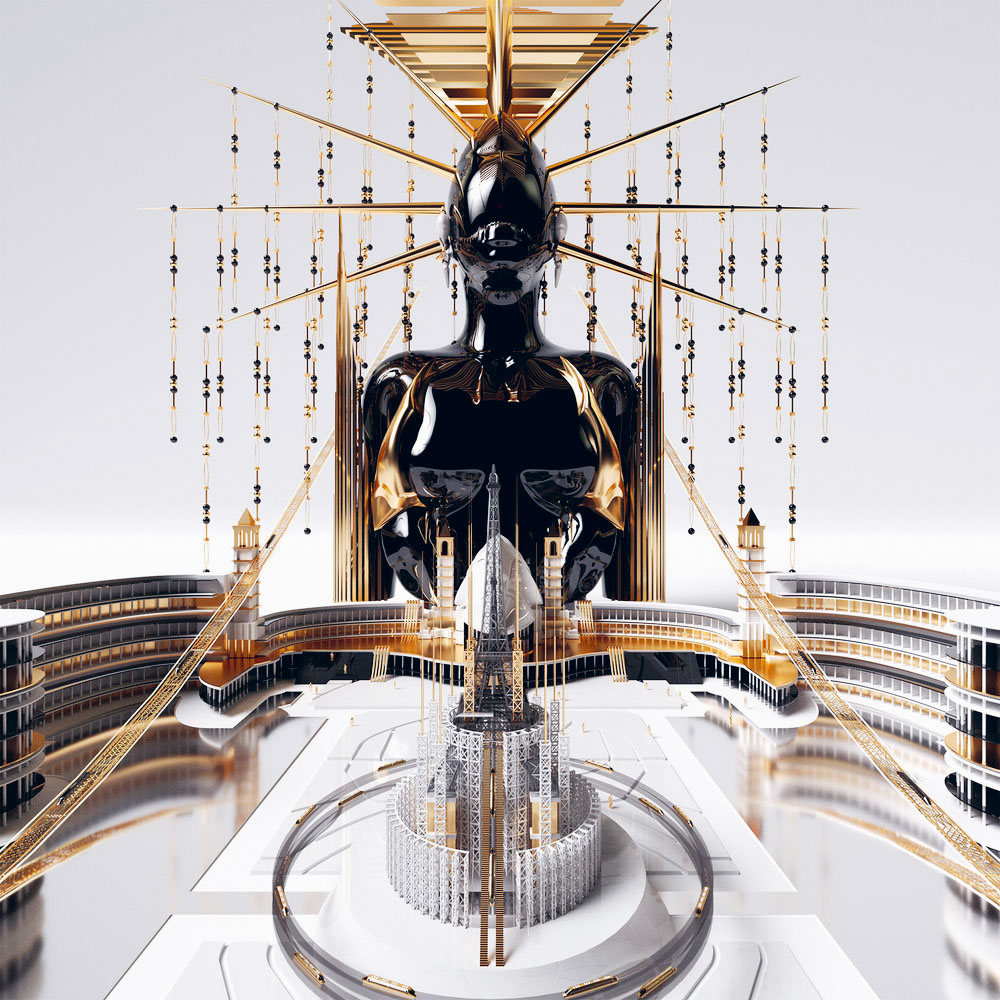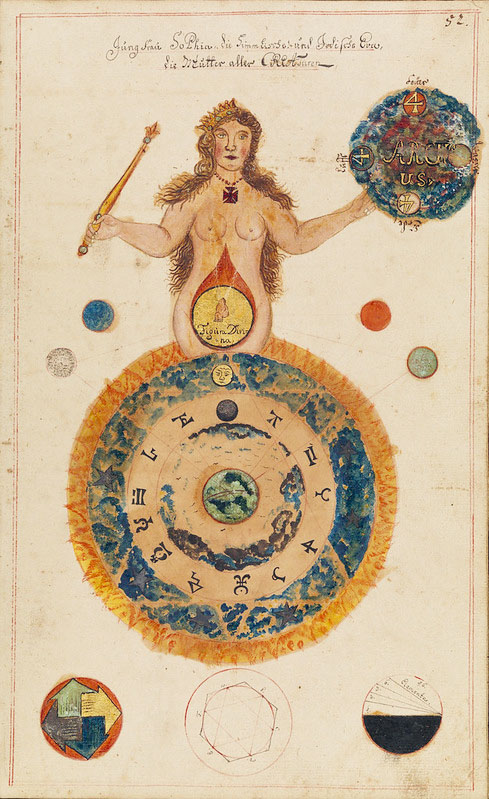
Realigning economic mechanisms toward a goal of purpose, rather than profit, will play a huge role in shifting how industrial research and development is conducted. Circularity, as a principle and pattern, will allow the future course of innovation to be aligned with infinite possibility. To this effect, innovation will move out of the shadows as a fringe and risk-oriented facet of conventional business, and become a primary factor in evolving human and (inter)planetary potential.



